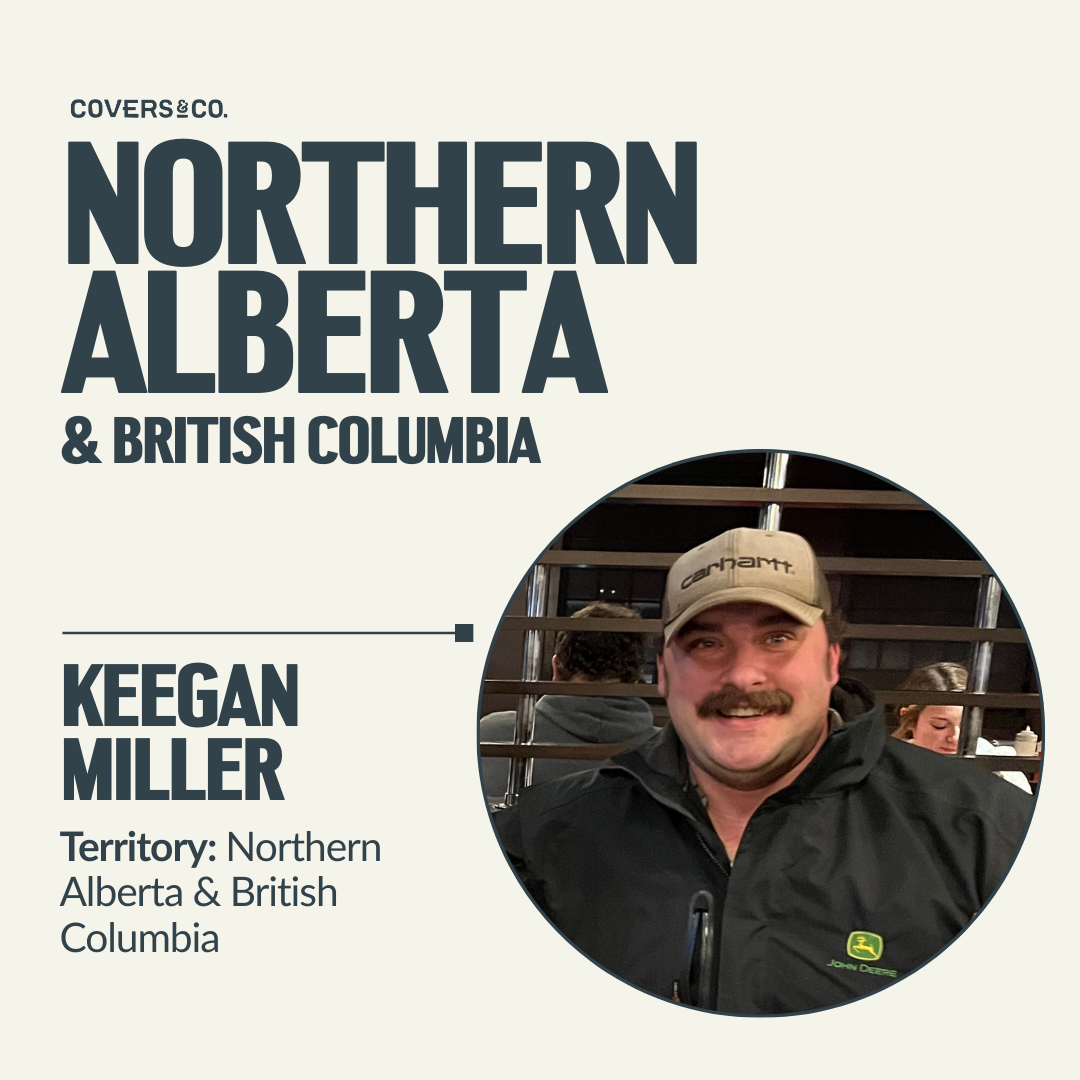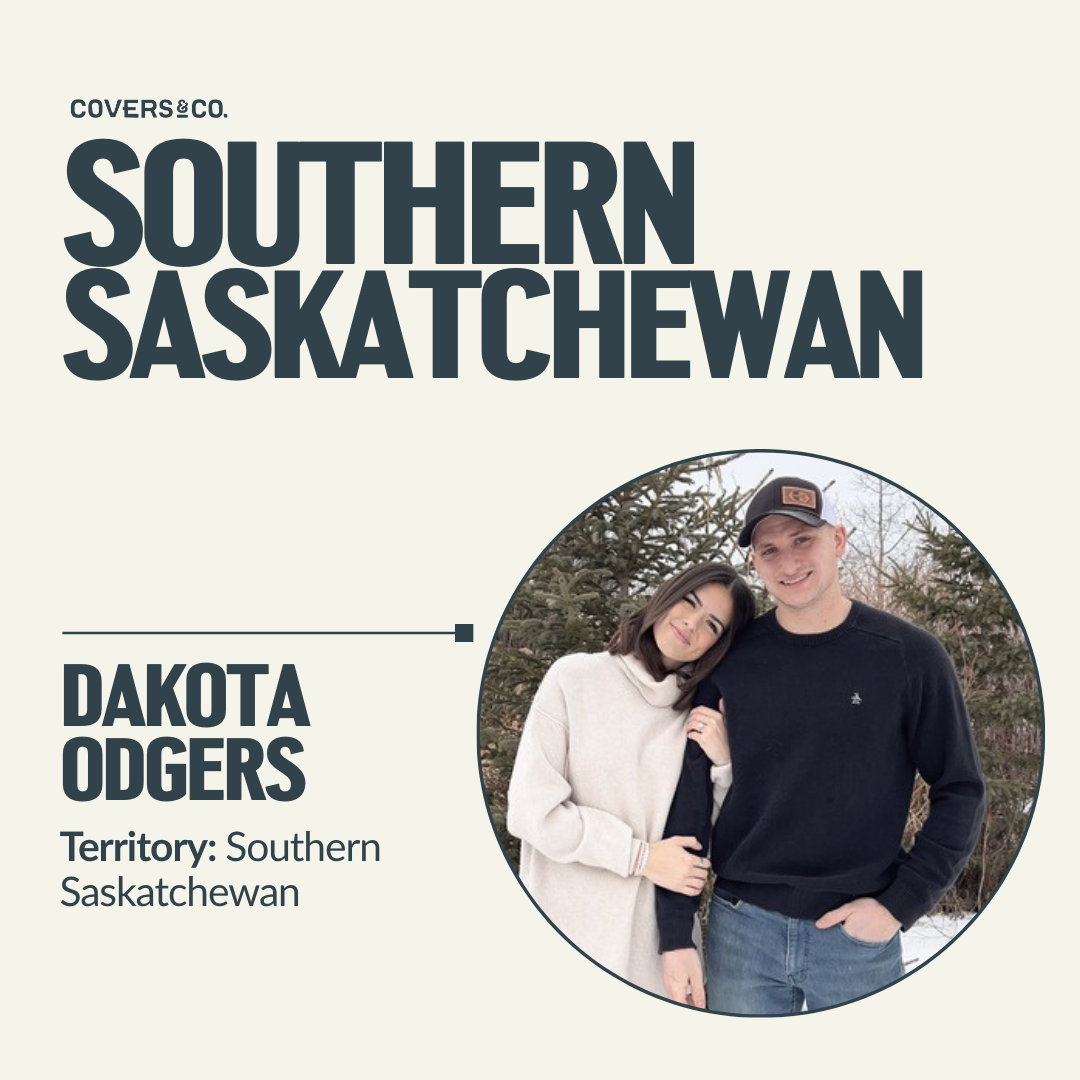Plant Diversity Co.
Forage Soybeans LS
The Corn Intercropping Soybean
The Corn Intercropping Soybean
Forage Soybeans LS are a long-season legume which can accumulate significant vegetative growth. A vegetative plant will continue to fix nitrogen & accumulate biomass throughout the growing season instead of putting energy into seed production. This makes Forage Soybeans LS ideal for intercropping with corn.
Planted as a companion with your corn silage crop, Forage Soybeans LS (Long Season) have the round-up-ready herbicide trait.
Seeding Rate: 20 Ibs/acre SKU: 50 Ib bag
Inoculant: 1/3 rate bradyrhizobium required
See below for the most frequently asked questions regarding the Forage Soybeans LS.
Apply fertilizer as you normally would. The value of the Forage Soybeans is to increase protein & provide residual Nitrogen for next year’s crop. Although some nitrogen will be provided to the corn from the legumes, most vegetative growth from the intercrop happens once the nitrogen need for the corn has subsided.
Do not broadcast.
Seeding Option 1:
Step 1: Solid seed the Forage Soybeans at a 1- 2 inch depth while applying fertilizer.
Step 2: Seed your chosen Corn variety as you normally would.
Step 3: Apply pre-emergence burnoff to ensure a good kill on perennials or tough-to-kill weeds.
Seeding Option 2:
Step 1: Apply fertilizer as you normally would for your specific corn variety
Step 2: Using a 15" planter, plant corn on 30" and Forage Soybeans on 30". If a 30" planter is not available, plant Forage Soybeans between the rows after the corn is planted.
Step 3: Apply pre-emergence burnoff to ensure a good kill on perennials or tough-to-kill weeds.
No. The corn will establish quicker than the Forage Soybeans. Our trials at 2x the intercrop rate still have no effect on corn growth.
According to Fieldview data (see trials below) we are seeing an increase in total plant biomass.
Results will vary depending on environmental conditions. In trials where we had excellent forage soybean growth in the corn - we had a increase of 1.5% protein in the feed sample.
Depending on environmental conditions and forage soybean growth, residual nitrogen results will vary. However, this is something we are continuing to research through soil analysis. Early results have yielded anywhere from 20-40 increased Ibs/acre residual Nitrogen.
Forage Soybeans LS are a long-season indeterminate legume which can accumulate significant vegetative growth. A vegetative plant will continue to fix nitrogen & accumulate biomass throughout the growing season instead of putting energy into seed production.
High in protein
Indeterminate plant species
This is why a long-season indeterminant forage soybean is superior to a conventional long-season grain soybean when intercropping.
Image: Forage Soybeans LS vs. Long Season Grain Soybeans
Agronomic Benefit: Soil analysis indicates we can fix up to 40 Ibs/acre residual nitrogen for next year’s crop.
Click on the image to view a Compilation Of Pictures from farmers across Western Canada.
Depending on soil temperature, soil chemistry, and environmental conditions present, a different spectrum of plant species in the canopy is always expressed. This is why plant diversity is an insurance policy with Mother Nature.
Regulate the soil temperature. (protect the soil biology from hot summer temperatures)
Extended grazing after silage harvest.
Balance the C:N ratio of the soil.
After four years of intercropping corn on our own farms, we have concluded the ideal direction to seed is North/South. Why? In the heat of the day, sunlight can penetrate down the North/South rows, providing the Forage Soybeans with enough sunlight to establish but stay vegetative.
Step 1: Solid seed the Forage Soybeans at a 1- 2 inch depth while applying fertilizer.
Step 2: Seed your chosen Corn variety as you normally would.
Step 3: Apply pre-emergence burnoff to ensure a good kill on perennials or tough-to-kill weeds.
Step 1: Apply fertilizer as you normally would for your specific corn variety
Step 2: Using a 15" planter, plant corn on 30" and Forage Soybeans on 30". If a 30" planter is not available, plant Forage Soybeans between the rows after the corn is planted.
Step 3: Apply pre-emergence burnoff to ensure a good kill on perennials or tough-to-kill weeds.
Step 1: Pre-emerge glyphosate
Step 2: 1 pass in crop glyphosate
Step 3 (optional): Second in-crop glyphosate pass.
It is common knowledge that a cow can balance her ration more effectively with another feed source. The balance of energy (corn) & protein (forage soybeans) allow for increasing grazing efficiency & palatability.
CORN: high energy, low protein.
FORAGE SOYBEANS: low energy, high protein.
To learn more, we strongly encourage you to read the peer-reviewed research publication regarding this intercrop.
Summary: This study concluded that forage soybeans intercropped with silage corn resulted in significantly enhanced agronomic performance and forage production in cool climate boreal ecosystem. In general, corn intercropped with US genotypes displayed superior agronomic performance compared to when intercropped with VS.
Collectively, increased levels of active fungi, protozoan and bacterial populations appear to be the most important determinants of the soil health status and improved forage production, when silage corn and forage soybeans are cultivated as intercrops. This study is the first to demonstrate that intercropping silage corn with forage soybeans is a suitable approach to increase forage production and enhanced the soil health status under cool climatic conditions.
In this episode, we are discussing corn intercropping strategies, specifically with long-season Forage Soybeans.
Panelist: Stefon Beechinor (Bentley, Alberta)
Panelist: Darcy Stewart (Clearwater, Manitoba)
Panelist: Lyle Morgenstern (Loon Lake, Saskatchewan)
Remember to apply for the OFCAF funding, where you may be eligible to recieve $50.00/acre (max. $75,000) for adopting this intercropping practice on your operation. Click here for help getting the process/application started.
Funding will differ across Manitoba, Saskatchewan, & Alberta.
Feel free to contact your Provincial Territory Manager if you have any further questions regarding Forage Soybeans LS for intercropping with corn.

Name: Keegan Miller
Home Farm Location: La Corey, Alberta
Territory: Northern Alberta & British Columbia

Name: Brendan English
Home Farm: Castor, Alberta
Territory: Central & Southern Alberta

Name: Tanner Hale
Home Farm Location: Hines Creek, Alberta
Territory: Peace River Country, Alberta

Name: Dakota Odgers
Home Farm Location: Spy Hill, Saskatchewan
Territory: Southern Saskatchewan

Name: Chance Rothwell
Home Farm Location: Shellbrook, Saskatchewan
Territory: Northern Saskatchewan

Name: Connor English
Home Farm Location: Bradwardine, Manitoba
Territory: Manitoba (all areas)